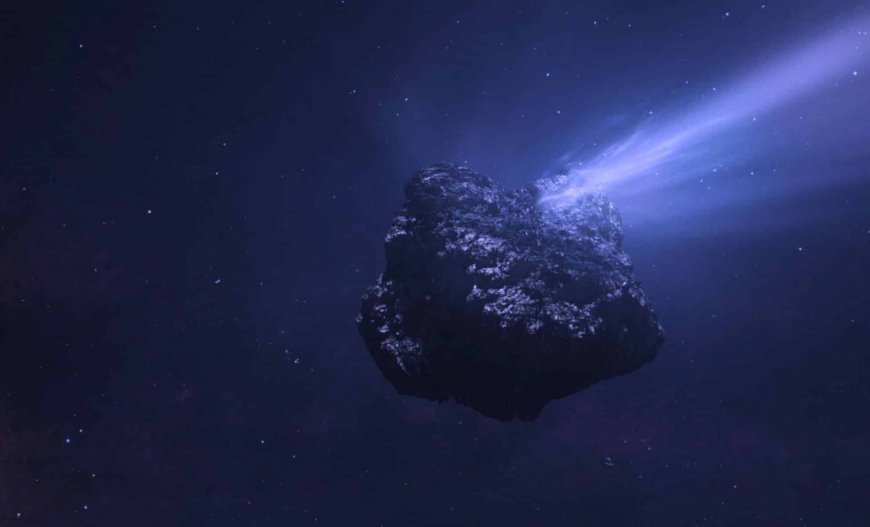Giant Comet Bernardinelli-Bernstein Shows Unusual Molecular Jet Activity in Solar System
Astronomers have discovered a massive comet emitting carbon monoxide gas from a molecular jet, challenging previous assumptions about comet behavior. The comet, with a nucleus 140 kilometers wide, is one of the largest ever observed and is currently located beyond Neptune's orbit. This finding sheds light on the molecular activity of comets in distant regions of the solar system.

Astronomers have uncovered new details about an extraordinary object hurtling through the solar system. A comet known as Bernardinelli-Bernstein (C/2014 UN271) is currently in the far reaches of the solar system but is showing unexpected features. Recent observations using the ALMA radio telescope in Chile revealed that this comet, with a nucleus of about 140 kilometers in diameter, is emitting a molecular jet of carbon monoxide gas, a first-time event for a comet this far from the Sun.
Despite being beyond Neptune's orbit, where temperatures are freezing, the comet is actively releasing gas, challenging previous assumptions about comet behavior in extreme conditions. This discovery provides insights into the molecular activity of comets far from the Sun, a phenomenon rarely studied in such detail.
Bernardinelli-Bernstein is one of the largest comets ever discovered, initially mistaken for an asteroid due to its size. Its nucleus is approximately 140 kilometers wide, much larger than most comets. Originating from the Oort Cloud, it takes around 600,000 years to complete one orbit around the Sun. As it approaches the inner solar system, the comet exhibits explosive degassing patterns, releasing bursts of CO gas. Scientists anticipate the release of methane and formaldehyde as it gets closer to the Sun, shedding light on the chemical composition of these distant objects.
This comet's study offers new insights into cometary behavior in the outer solar system, challenging existing theories about comets originating from the Oort Cloud. The data from Bernardinelli-Bernstein suggest that there may be more similar objects in the Oort Cloud, prompting a reevaluation of our understanding of cometary activity and gas emissions.
According to the source: The Daily Galaxy.
What's Your Reaction?
 Like
0
Like
0
 Dislike
0
Dislike
0
 Love
0
Love
0
 Funny
0
Funny
0
 Angry
0
Angry
0
 Sad
0
Sad
0
 Wow
0
Wow
0













































































































































































